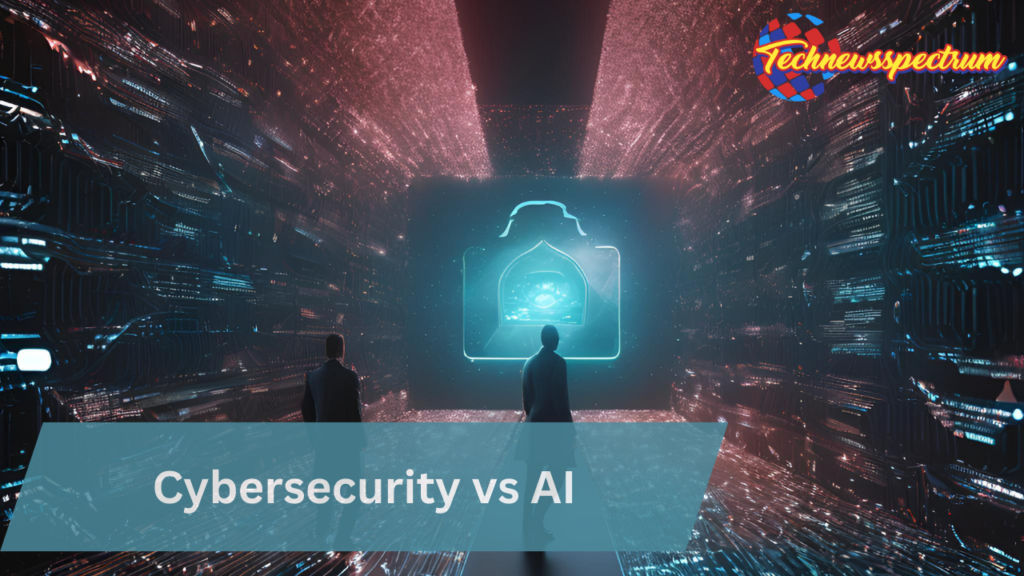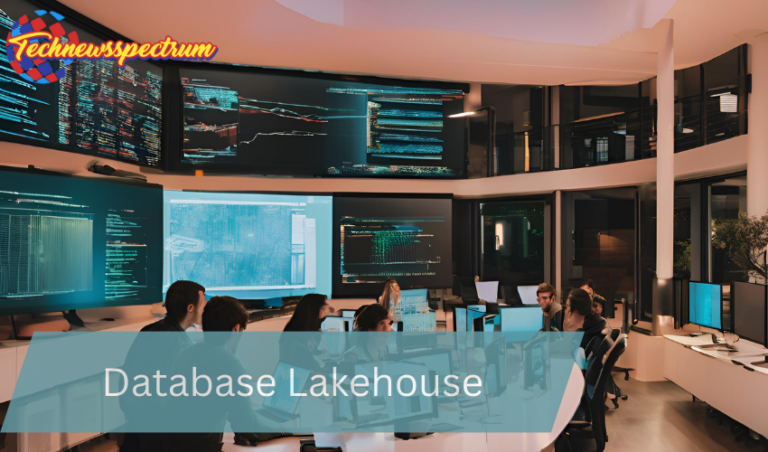Cybersecurity vs AI 7 Unbelievable Impacts You Must Know
Table of Contents
- Introduction
- What is Cybersecurity?
- What is AI (Artificial Intelligence)?
- Intersection of Cybersecurity vs AI
- Advantages of AI in Cybersecurity
- Challenges of AI in Cybersecurity
- How Cybersecurity Protects AI Systems
- Top 7 Ways AI is Transforming Cybersecurity
- Importance of Cybersecurity in Age of AI
- Key Features of AI Based Cybersecurity
- Threats Posed by AI to Cybersecurity
- Future Impact Cybersecurity vs AI
- Cybersecurity vs AI Who Wins?
- Real World Examples
- FAQs
- Conclusion
Introduction
Cybersecurity vs AI are deeply intertwined today. Technology continues to advance rapidly and relationship between cybersecurity vs AI shifts constantly sometimes enhancing protection sometimes introducing new vulnerabilities.
Each advancement in AI influences both cyber defense and cyberattack tactics. Understanding this relationship is key for businesses governments and individuals alike.

What is Cybersecurity?
Cybersecurity involves protecting computers servers mobile devices electronic systems networks and data from malicious attacks. It preserves integrity confidentiality and availability of digital information.
Key Areas of Cybersecurity
- Network Security Safeguards internal systems from intruders.
- Information Security Protects data integrity and privacy.
- Application Security Defends software against threats during development and after deployment.
- Operational Security Focuses on handling and protecting data assets.
- Disaster Recovery & Business Continuity Plans for handling security breaches or disruptions.
- End User Education Trains individuals to recognize and avoid cyber threats.
Example Cybersecurity protects your banking information emails smart devices and more.
Stat Cybercrime costs are projected to reach $10.5 trillion annually by 2025 (Cybersecurity Ventures).
What is AI (Artificial Intelligence
Artificial Intelligence (AI) refers to systems that mimic human intelligence to learn reason solve problems and interpret language and visuals.
Major Branches of AI
- Machine Learning (ML) Allows systems to improve from experience.
- Deep Learning Builds layered algorithms mimicking neural networks.
- Natural Language Processing (NLP) Enables computers to understand human language.
- Computer Vision Helps machines interpret visual data.
Example AI powers services like Netflix recommendations fraud detection systems and autonomous vehicles.
Stat global AI market is expected to surpass $500 billion by 2025 (Statista).
Intersection of Cybersecurity vs AI
Cybersecurity vs AI are not just adversaries — they complement and challenge each other at same time.
Connections between AI and Cybersecurity
- Threat Detection AI spots potential threats faster than traditional software.
- Anomaly Recognition AI detects unusual patterns signaling early attacks.
- Incident Response Automates containment and response actions.
- Data Protection Strengthens encryption and sensitive data handling.
On other hand cybercriminals also use AI to automate attacks and craft convincing scams.
Advantages of AI in Cybersecurity
AI provides clear advantages to cybersecurity operations worldwide
1. Speed and Scale
AI processes large datasets instantly. It monitors networks emails cloud services and endpoints continuously without fatigue.
Example IBM Watson for Cybersecurity processes millions of security documents daily.
2. Predictive Capabilities
AI predicts threats by recognizing patterns and attack strategies before incidents occur.
Stat Predictive security methods are expected to cut security incidents by 60% by 2026 (Gartner).
3. Reduction in False Positives
AI filters irrelevant alerts allowing security teams to focus on real threats.
4. Continuous Learning
AI models adapt to new threat environments without requiring manual updates.
Challenges of AI in Cybersecurity
Despite its potential AI introduces major challenges
1. Bias and Errors
Poor training data leads to biases making AI miss specific attack types.
2. Adversarial AI
Hackers feed malicious data to AI systems or design inputs to bypass defenses.
3. Black Box Problems
AI decision making is often opaque creating trust issues during security incidents.
4. High Costs
Sophisticated AI systems require significant investment and expertise often out of reach for smaller organizations.
How Cybersecurity Protects AI Systems
Cybersecurity strategies protect AI systems by
- Encrypting training data and outputs.
- Conducting regular audits to find vulnerabilities.
- Restricting access to sensitive AI systems.
- Using adversarial testing to preempt attacks.
Major companies like OpenAI conduct frequent “red teaming” exercises to identify weaknesses.
Top 7 Ways AI is Transforming Cybersecurity
AI’s Major Impacts
| No. | Area | Impact | Example |
| 1 | Threat Intelligence | Real time attack databases | IBM X Force Exchange |
| 2 | Malware Analysis | Identify new malware | VirusTotal ML |
| 3 | Risk Based Authentication | Adaptive login security | Google Smart Lock |
| 4 | Behavioral Biometrics | Analyze user behavior | BioCatch |
| 5 | Email Security | Detect phishing scams | Microsoft Defender ATP |
| 6 | Smart Incident Prioritization | Rank alerts by risk level | Palo Alto Cortex XSOAR |
| 7 | Supply Chain Risk Management | Analyze third party risks | Black Kite Cyber Ratings |
Importance of Cybersecurity in AI Era
As AI becomes embedded into industries like healthcare finance and energy cybersecurity takes on even greater importance
- AI now controls critical infrastructure.
- AI systems handle massive amounts of personal data.
- Cybercriminals weaponize AI to automate attacks.
Stat 76% of CEOs rank cybersecurity threats as a top concern in an AI driven economy (PwC).
Key Features of AI Based Cybersecurity
Main Features
- Self healing systems that detect and fix vulnerabilities.
- Real time monitoring and immediate anomaly response.
- Adaptive defenses that adjust to evolving threats.
- Improved threat intelligence sharing among organizations.
- In depth behavioral analysis to identify insider risks.
Example Darktrace uses AI driven behavior analysis to catch insider threats early.
Threats Posed by AI to Cybersecurity
AI also presents major risks
1. Automated Hacking
Cybercriminals use AI to automate mass scale attacks.
2. Deepfakes
AI creates fake videos and audio clips used for fraud and manipulation.
3. AI Generated Malware
Malware that mutates faster than traditional detection systems.
4. Data Poisoning
Corrupts AI models through malicious training data.
Example In 2019 scammers used AI generated deepfake audio to steal $243 000 by impersonating a CEO.
Future Impact Cybersecurity vs AI
By 2030 major changes are expected
- Cyber defense will be highly automated.
- New global ethical standards for AI will emerge.
- Blockchain and AI will combine to create tamper proof security systems.
- AI will counteract malicious AI in “AI vs AI” battles.
Spending on AI driven cybersecurity solutions may surpass $100 billion annually by 2030.
Cybersecurity vs AI Who Wins?
Cybersecurity vs AI are interconnected.
Goal isn’t domination but mutual advancement.
Best practices
- Use AI to enhance threat detection.
- Secure AI models and datasets.
- Promote collaboration between industry and regulators.
Quote “AI won’t replace cybersecurity professionals — but professionals using AI will replace those who don’t.”
Real World Examples
| Organization | AI Use | Impact |
| Darktrace | Autonomous threat detection | Stopped ransomware attacks |
| Microsoft | AI driven phishing detection | Reduced incidents by 75% |
| DARPA | AI competitions | Advanced autonomous defense |
| Deep Instinct | Malware prediction using deep learning | Achieved 99% prevention rate |
Fun Fact Darktrace once detected a casino hack through a fish tank’s internet connected thermometer!
FAQs
1. What’s difference between cybersecurity vs AI?
Cybersecurity defends against attacks AI enhances or challenges cybersecurity efforts.
2. Can AI replace cybersecurity experts?
No. AI supports experts but can’t fully replace human decision making.
3. Is AI a threat or an opportunity for cybersecurity?
Both. It strengthens defenses but also empowers attackers.
4. Can small businesses use AI cybersecurity tools?
Yes. Tools like Microsoft Defender and CrowdStrike provide affordable protection.
5. Are there ethical concerns?
Yes. AI misuse bias and surveillance raise ethical questions.
6. What industries are most impacted?
Finance healthcare government and energy sectors face greatest challenges.
Conclusion
Cybersecurity vs AI must evolve together. Technology alone won’t guarantee safety — it requires constant innovation ethical responsibility and collaboration to ensure a secure digital future.







